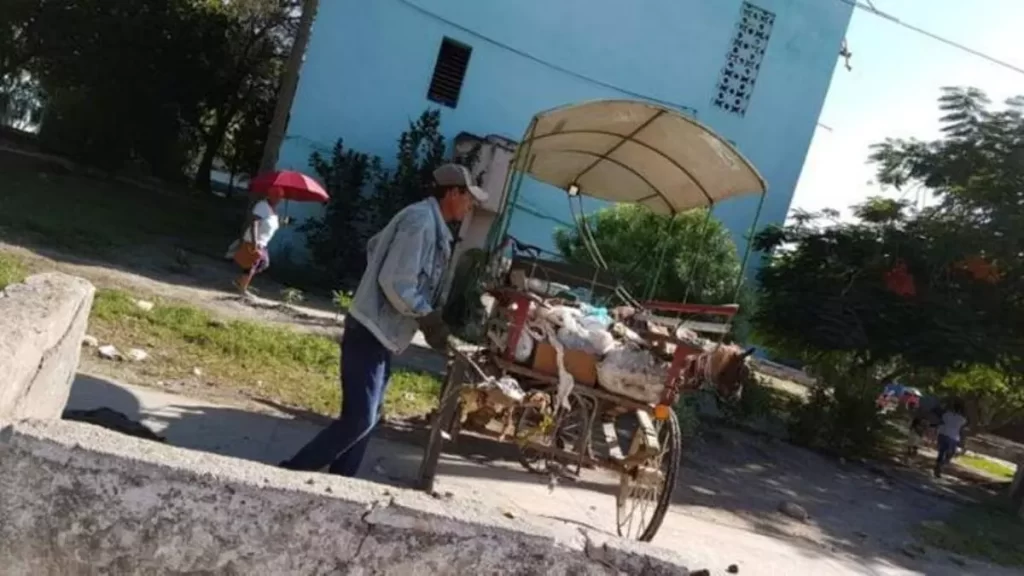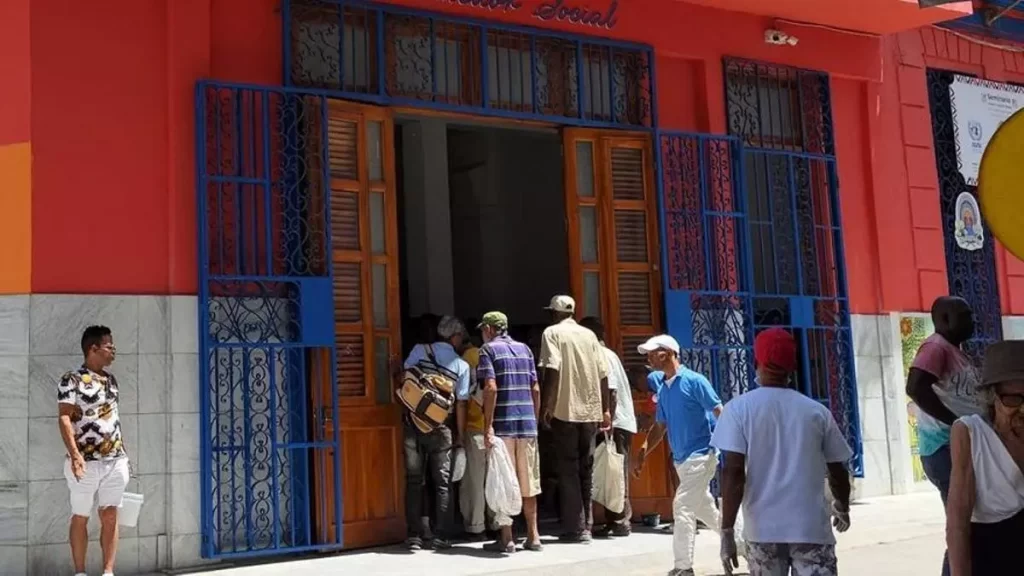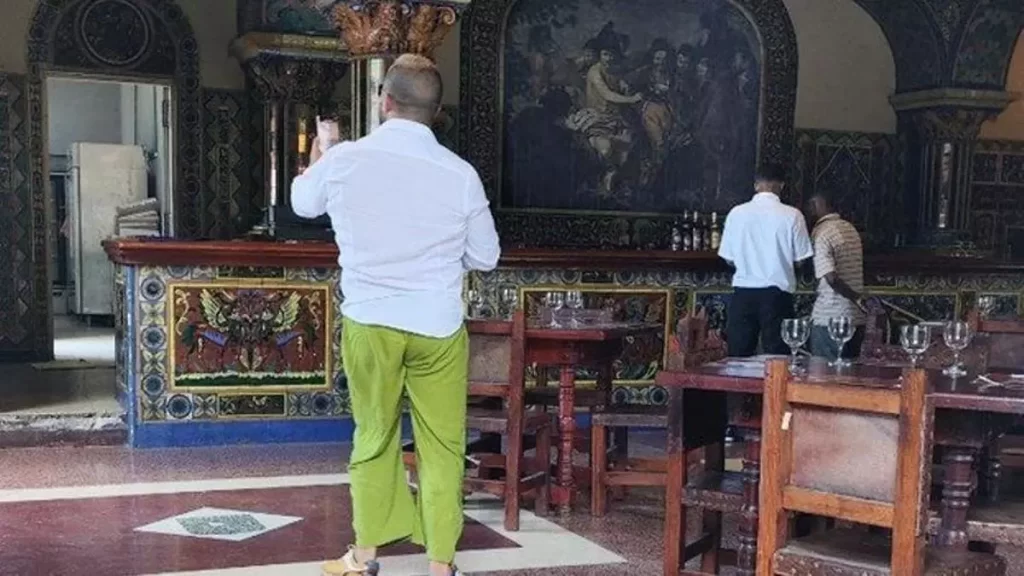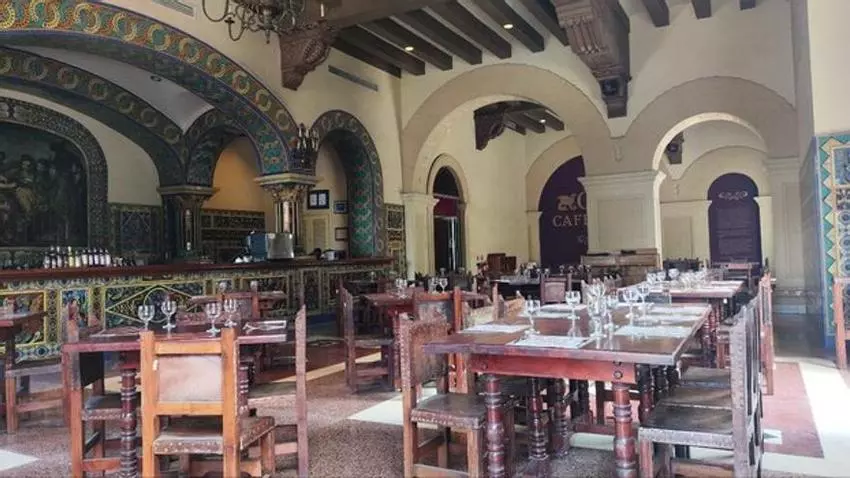Many employees have been “frightened” by the situation of landfills in the province, and the increase in wages is not enough to avoid the stampede

![]() 14ymedio, Havana, 25 April 2024 — The garbage collectors hired by Communal Services in Las Tunas to pick up the trash with a horse and cart have protested again because of the low wages and the terrible conditions. “Few have stepped forward to face the work,” the authorities complain, alluding to the 252 who are still collecting garbage in the province. Their taxes were lowered at the end of last year when they demanded “to earn more and sweat less.”
14ymedio, Havana, 25 April 2024 — The garbage collectors hired by Communal Services in Las Tunas to pick up the trash with a horse and cart have protested again because of the low wages and the terrible conditions. “Few have stepped forward to face the work,” the authorities complain, alluding to the 252 who are still collecting garbage in the province. Their taxes were lowered at the end of last year when they demanded “to earn more and sweat less.”
Each cart operator is paid 40 pesos per cubic meter of garbage, and they pay 35% less in taxes. The carts can carry 15 cubic meters a load and make three trips a day, with which they earn, the authorities calculate, 1,800 pesos (some $5 US at the informal exchange rate) on a good day. “But they don’t even want to carry out that work,” complained Elser Prieto, the provincial deputy director of Comunales, in an interview given this Thursday to Periódico 26.
What explains the reluctance of the cart drivers to work with Comunales? Neither the official press nor the manager will risk a hypothesis, but the hygienic situation of Las Tunas, where waste has been accumulating for months, seems to be one of the keys, suggests Periódico 26. In addition, there is the lack of personnel – ideally, about 659 cart operators should be working – and the lack of tools for collection, plus the complication of maintaining a cart and horse, and the risk of disease. continue reading
Comunales should maintain two collection trucks and eight tractors, but it only has 2,000 liters of diesel per month
In the province of Las Tunas, Comunales should maintain two collection trucks and eight tractors, but it only has 2,000 liters of diesel per month and, of the tractors, only two work. Most of the collection must be taken care of by horse-drawn vehicles. According to the official newspaper, the province generates about 33,200 cubic meters of waste per month.
The saturation of garbage, the leaders admit, has frightened many cart drivers, who “have been vocal about the low salary they receive,” says Prieto, who claims to have “dialogued with them” without them listening. The leader mobilized local Hygiene and Epidemiology officials as part of a “strategy” that he did not reveal to “support” the collection, despite the “low number” of cart operators, whose stampede continues.
At the beginning of April, Periódico 26 described the overwhelming landscape of garbage in Las Tunas: a capital city “full of dumps,” municipalities in absolute “deterioration,” absence of a communal work system and “lack of sensitivity” of the leaders, who act only “when it is indicated by the higher authorities.”
They also regretted the “social indisciplines” such as throwing garbage in any corner, but they recognized that “many residents have no other option
They also regretted the “social indisciplines” such as throwing garbage in any corner, but they recognized that “many residents have no choice but to throw garbage in the dumpsters even when they are full.” “What else can they do if there is no fuel and no horse-and-cart operators?”
The newspaper also demanded a salary increase for the cart operators- “there is no other way” – a measure that should have been taken “many months ago.”
“A very serious problem, in addition, is the inefficient work system of the companies of Communal and Aqueduct Services to face the collection of waste and the discharge of sewer water, which runs through many streets of the capital city,” they summarized. “The deterioration of state equipment and the lack of fuel affected the capacity of the state entities in charge of garbage collection. The situation worsened because the self-employed who collected waste abandoned their positions, overwhelmed by the increase in operational costs.”
When the cart operators threatened to withdraw because garbage collection was not as profitable as they expected, Comunales raised an outcry
When the cart operators threatened to withdraw because garbage collection was not as profitable as they expected, Comunales raised an outcry, since using animals has been the only method they have found in the face of fuel shortages and the absence of special trucks.
Drivers prefer to work in the transport of passengers or cargo, a better paid and less cumbersome job. During the last tension with the cart operators, the testimony of one of them was eloquent: “I don’t need to spend all day covered in muck, with the risk of getting sick, because there are many things in the waste that can hurt you, and they check your papers over and over again. Now, hired privately, with a couple of good cart-loads a day or disposing of debris from a construction, I’m doing well.”
Translated by Regina Anavy
____________
COLLABORATE WITH OUR WORK: The 14ymedio team is committed to practicing serious journalism that reflects Cuba’s reality in all its depth. Thank you for joining us on this long journey. We invite you to continue supporting us by becoming a member of 14ymedio now. Together we can continue transforming journalism in Cuba.

















